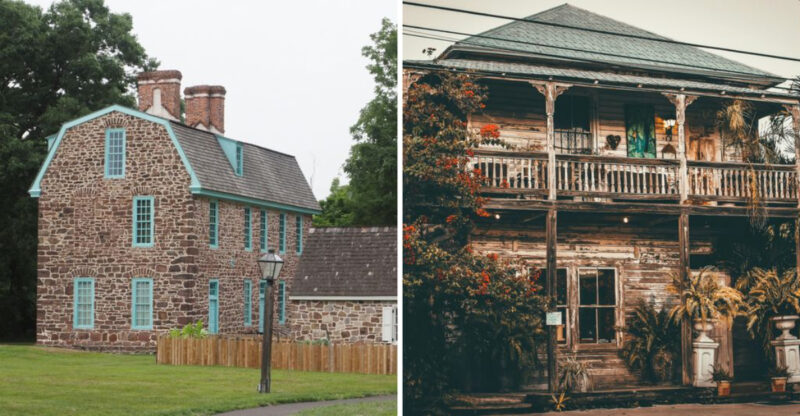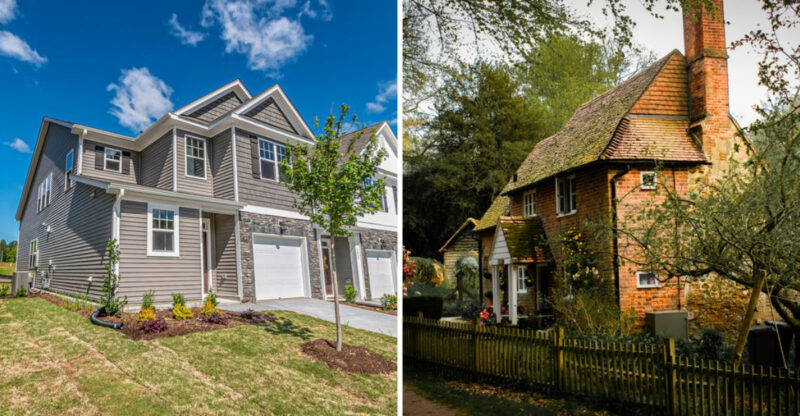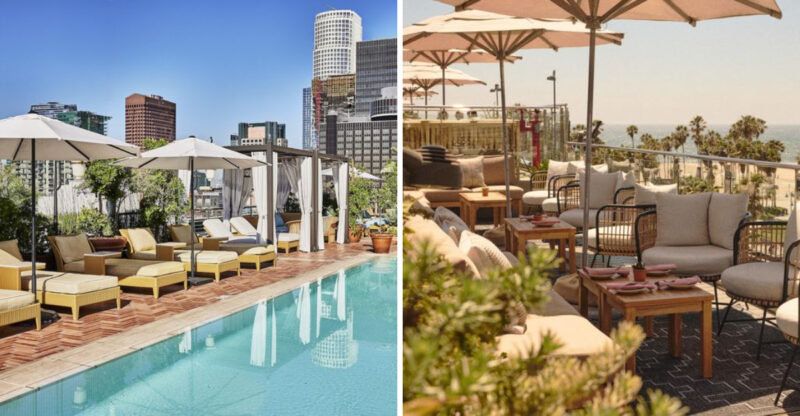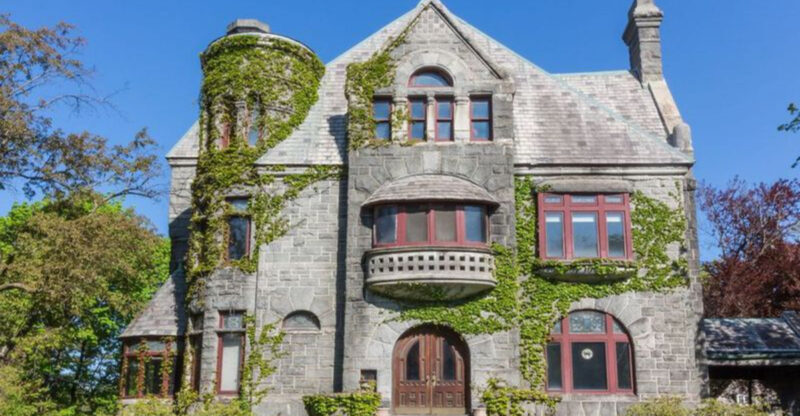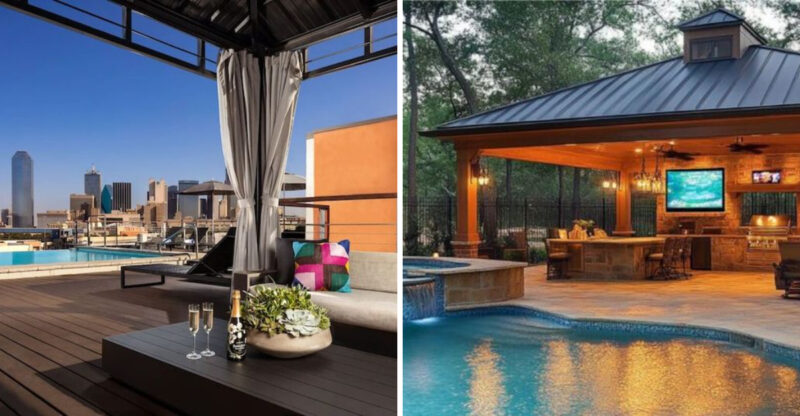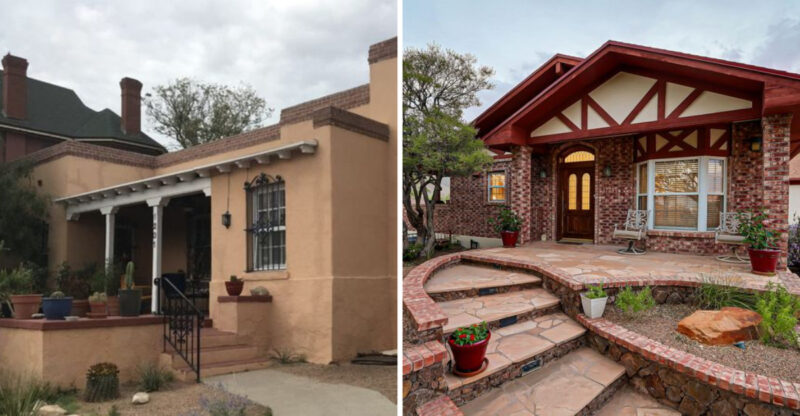10 Exterior Design Mistakes In Your Yard That Could Affect Your Home’s Overall Appeal
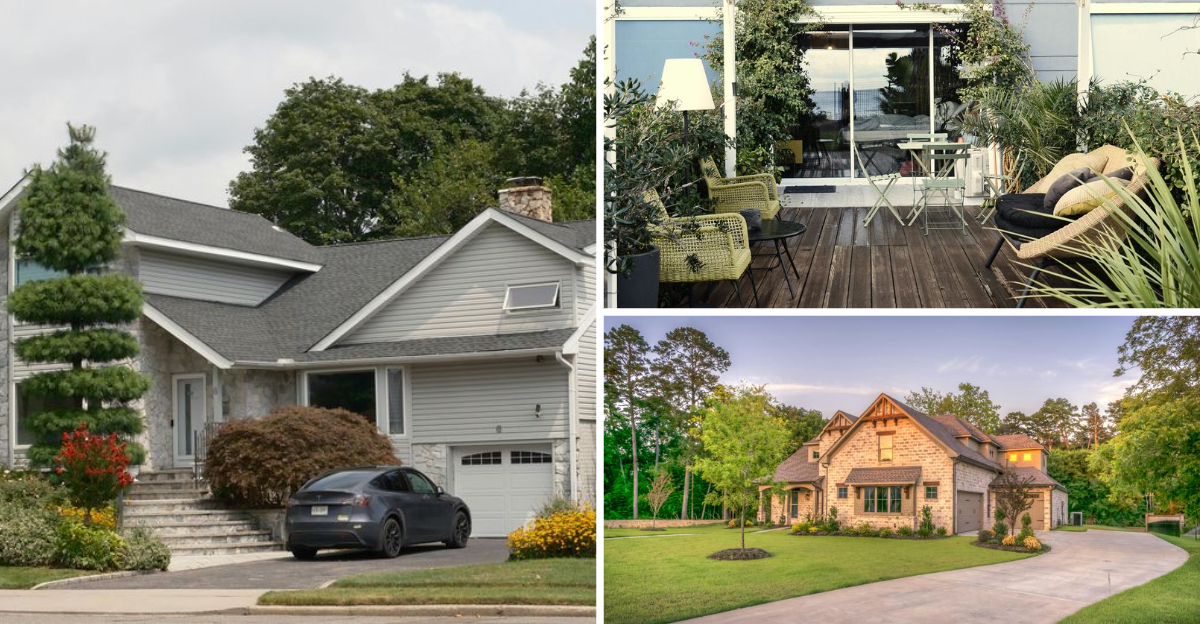
Your yard is the first thing people notice about your home. It sets expectations and creates that crucial first impression before anyone even steps inside.
Poor exterior design choices can significantly reduce your property’s curb appeal and potentially lower its value. Let’s explore some common yard mistakes that might be hurting your home’s overall appeal.
These insights are based on general landscaping practices, though results may vary depending on your yard’s unique features and personal style.
1. Overgrown Landscaping
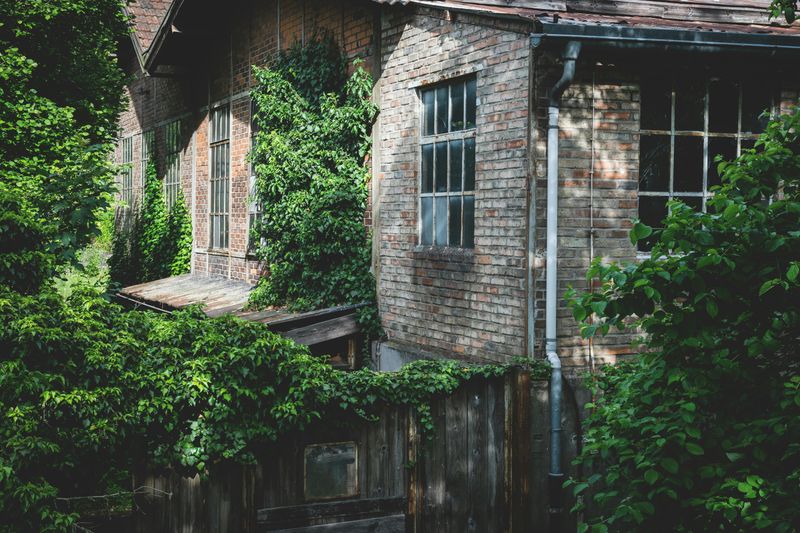
Plants gone wild create a neglected, almost abandoned appearance that instantly diminishes your home’s charm. Untrimmed bushes blocking windows not only look messy but create security concerns by providing potential hiding spots.
Regular pruning maintains your landscape’s intended design while allowing proper growth. I recommend establishing a seasonal maintenance schedule spring for major cutbacks, summer for light trimming, and fall for preparing plants for winter.
Even beautiful plant selections lose their impact when they’re fighting for space and light. Think of your yard as a canvas where each plant should have room to display its unique characteristics without overwhelming its neighbors.
2. Cluttered Front Porch
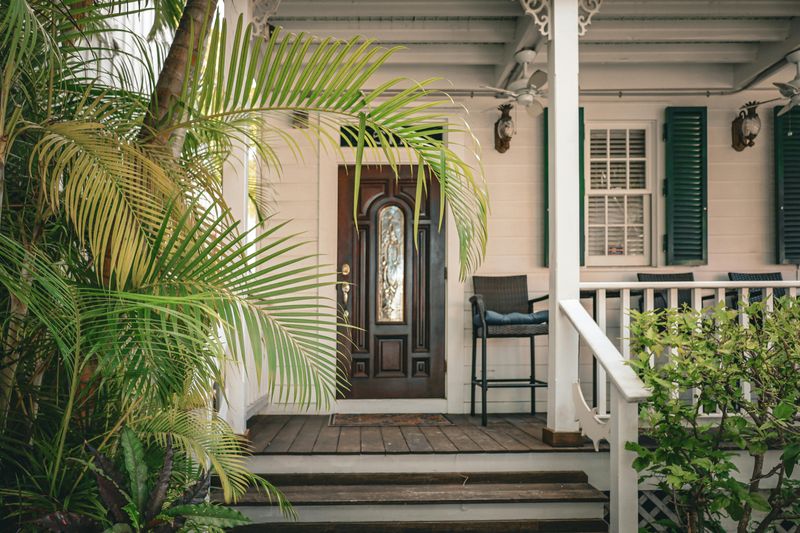
First impressions matter tremendously, and a chaotic porch sends the wrong message about your entire property. Those weathered boots, stacks of newspapers, and random toys might seem harmless, but they create visual noise that distracts from your home’s architecture.
Aim for a welcoming, purposeful arrangement instead. A clean porch with just three to five intentional elements perhaps a stylish doormat, a pair of matching planters, and a simple bench creates an inviting entrance that draws people in.
Storage solutions like decorative bins or a small storage bench can help maintain order while adding function. Remember that negative space is actually positive in design not every inch needs filling!
3. Neglected Lawn
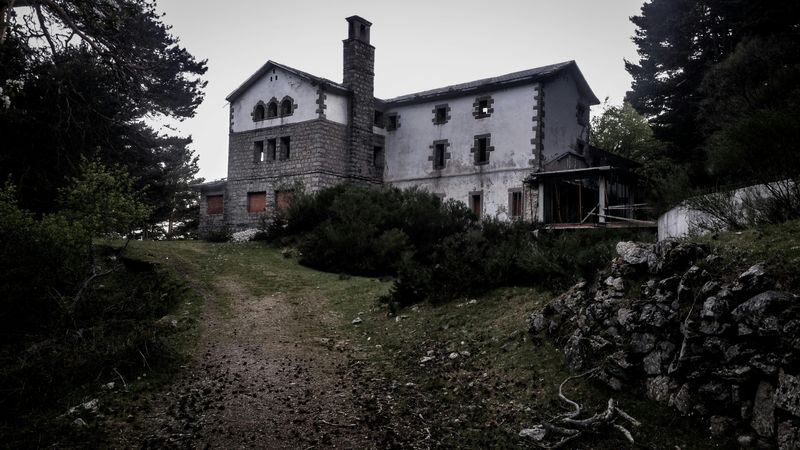
Brown patches, weeds, and bare spots instantly signal neglect to anyone passing by. Your lawn serves as the carpet of your outdoor space, setting the foundation for everything else in your yard.
Consistent watering, seasonal fertilizing, and regular mowing transform a patchy disaster into a lush green canvas. I’ve found that setting up a simple irrigation system saves time while ensuring your grass gets adequate moisture even during busy weeks.
Addressing drainage issues prevents those stubborn muddy areas that never seem to grow grass. For extremely troubled spots, consider alternatives like ground cover plants, decorative rock gardens, or extended flower beds that require less maintenance while adding visual interest.
4. Unkempt Fencing
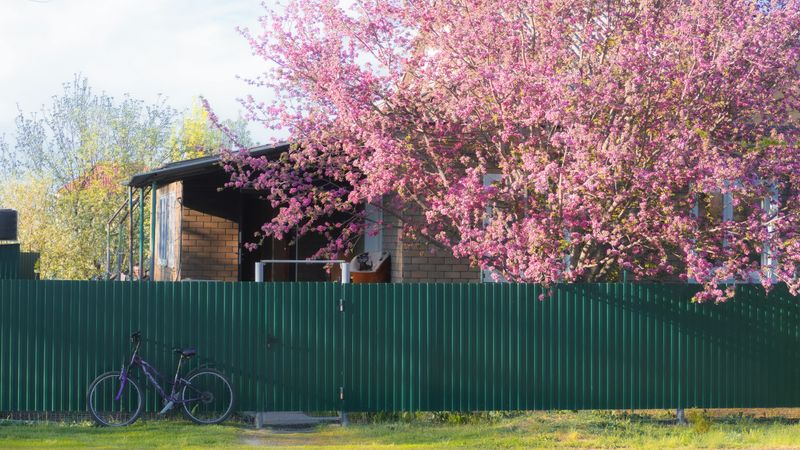
Leaning fence posts, missing boards, and peeling paint create a boundary that screams disrepair rather than definition. This eyesore frames your entire property, making even well-maintained gardens look somehow diminished.
Wood fences require resealing or repainting every 2-3 years to prevent weather damage. Metal fencing benefits from rust removal and touch-up paint to maintain its integrity. If replacement isn’t in your budget, a thorough pressure washing and fresh coat of stain can work wonders on wooden fences.
Consider fence-friendly vines or flowering climbers to soften harsh lines and disguise minor imperfections. Just remember that some climbing plants can eventually damage fencing if not properly maintained.
5. Inconsistent Plant Heights
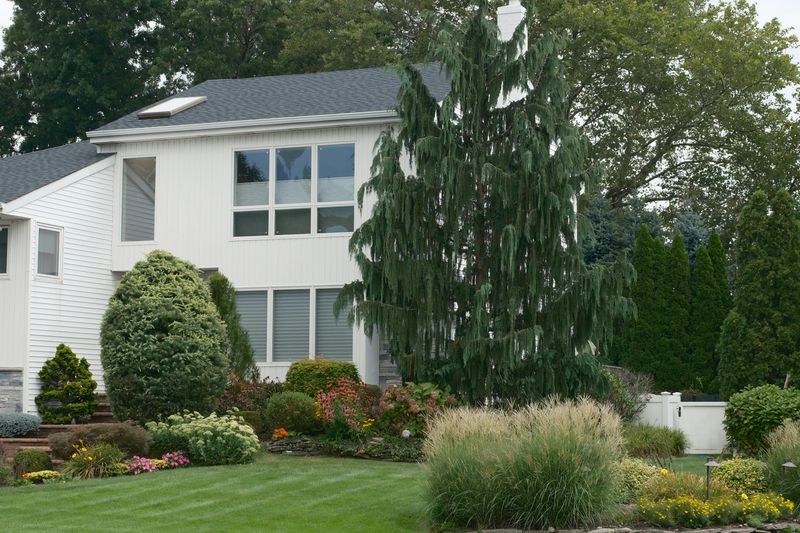
Random plant placement without considering mature heights creates a chaotic, unplanned appearance. When shorter plants get hidden behind taller varieties, your carefully selected specimens lose their impact and your garden lacks visual flow.
Planning your garden in layers works wonders tall plants at the back, medium heights in the middle, and shorter varieties in front. This theater-seating approach ensures every plant remains visible while creating pleasing depth.
If you’ve inherited a problematic garden, don’t panic! Transplanting during appropriate seasons can rescue hidden plants. For established perennials that can’t be moved, strategic pruning of surrounding plants creates viewing windows that showcase previously obscured specimens.
6. Uninviting Walkway
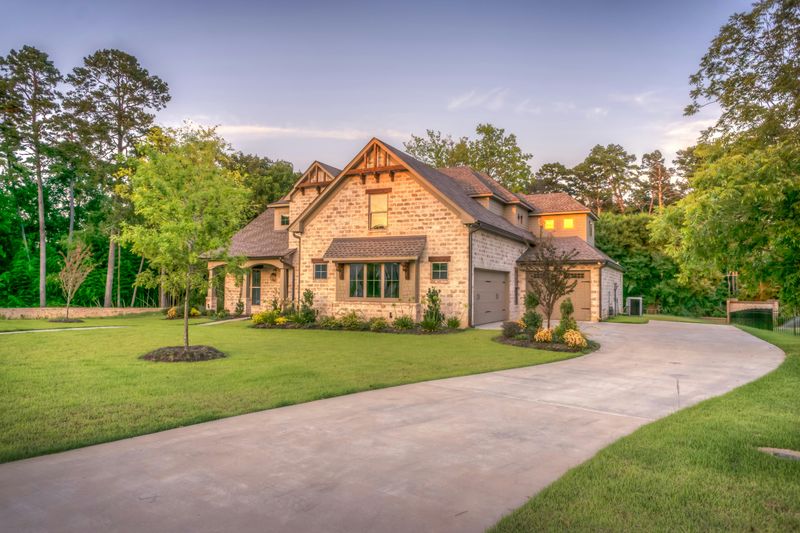
Cracked concrete, wobbly pavers, and narrow pathways don’t just look bad they actively discourage visitors from approaching your home. When guests have to watch their step or walk single-file, their focus shifts from admiring your property to navigating safely.
Width matters significantly in walkway design. Main paths should accommodate at least two people walking side-by-side (minimum 4 feet wide). Materials should complement your home’s architecture while providing safe, level footing in all weather conditions.
Lighting transforms an ordinary path into a welcoming journey after dark. Solar options have improved dramatically in recent years, offering easy installation without wiring. Consider how your walkway connects visually to other landscape elements it should feel like an intentional part of your overall design.
7. Too Much Lawn Ornamentation
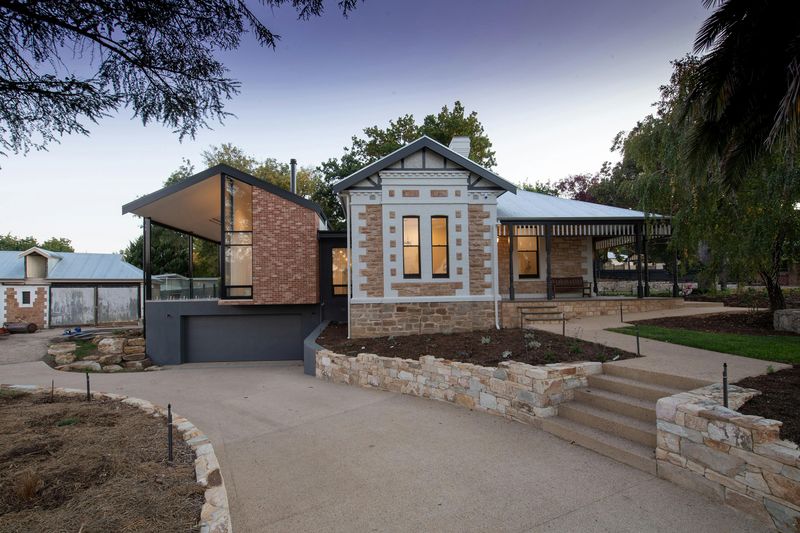
Gnomes, flamingos, and concrete statuary can quickly transform your yard from tasteful to tacky when overused. While personality in landscaping is wonderful, too many decorative elements compete for attention and create visual clutter that detracts from your home’s architecture.
Quality over quantity makes all the difference. One thoughtfully placed, well-crafted focal piece creates more impact than a dozen scattered items. I suggest walking across the street to view your property if ornaments are the first things you notice (rather than your home itself), it’s time for some editing.
Group smaller items together in carefully curated vignettes rather than spreading them throughout the yard. This creates intentional focal points while leaving restful open spaces that give the eye somewhere to relax.
8. Old, Faded Outdoor Furniture
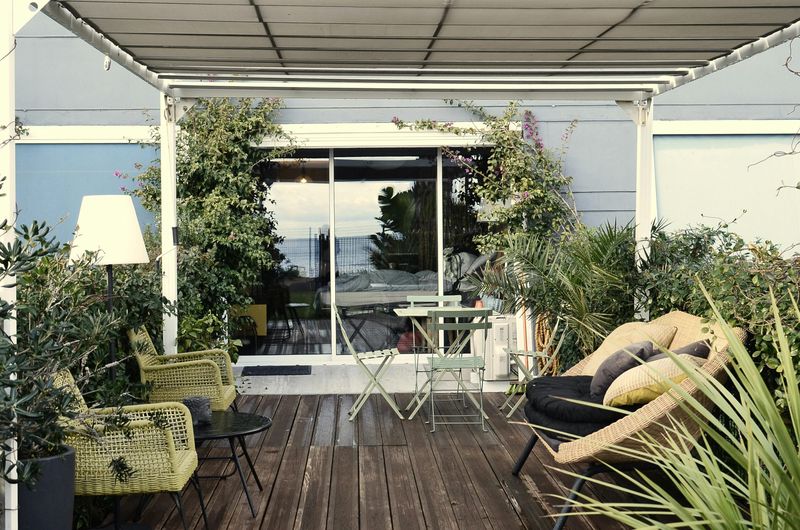
Weathered chairs with sagging cushions and rusty tables signal neglect, not charming patina. Outdoor living spaces have become extensions of our homes, and shabby furniture diminishes these important areas just as worn-out sofas would affect interior rooms.
Weather-resistant materials have come a long way in recent years. Today’s options combine durability with style, requiring minimal maintenance beyond seasonal cleaning. Covering furniture during harsh weather extends its life considerably even inexpensive covers provide significant protection.
When replacing isn’t possible, refreshing existing pieces often works surprisingly well. Metal furniture responds beautifully to wire-brushing and spray paint, while wooden pieces can be sanded and resealed. Fresh cushions in weather-resistant fabrics instantly update older frames while adding comfort and current colors.
9. Overly Bright or Mismatched Paint Colors

Electric blue shutters might seem cheerful in theory, but jarring exterior colors that clash with your neighborhood’s palette create visual disruption rather than distinction. Your home’s exterior colors should harmonize with both architectural style and surrounding properties.
Testing paint samples in different lighting conditions prevents expensive mistakes. Colors appear dramatically different throughout the day as natural light changes. What looks perfect at noon might seem garish at sunset.
Consider a cohesive color scheme with three complementary hues a primary color for siding, a secondary color for trim, and an accent color for doors or architectural details. This approach creates visual interest without overwhelming complexity. When in doubt, take inspiration from your home’s era and architectural style, which often have traditional color palettes that stand the test of time.
10. Poorly Maintained Driveway
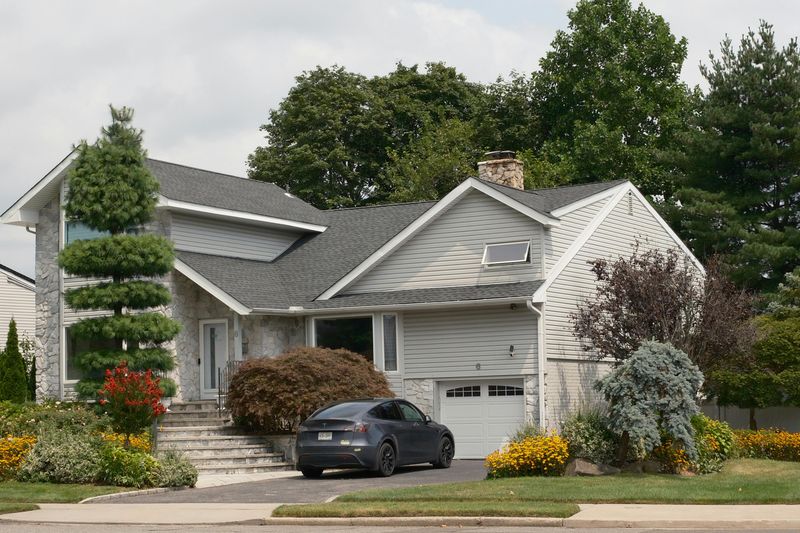
Cracks filled with weeds, oil stains, and crumbling edges make even magnificent homes look neglected. Your driveway occupies significant visual real estate, often comprising 30% or more of your front yard’s surface area.
Annual sealing protects asphalt from water damage and extends its lifespan considerably. Concrete driveways benefit from pressure washing and crack filling before small issues become major repairs. Oil stain removers specifically formulated for driveways work far better than household cleaners.
Edge definition creates a finished look that elevates your entire property. Simple metal edging, a border of contrasting pavers, or a thin strip of decorative gravel separating your driveway from lawn areas adds that crucial detail that signals thoughtful maintenance. These small touches demonstrate attention to detail that visitors unconsciously register as they approach your home.

